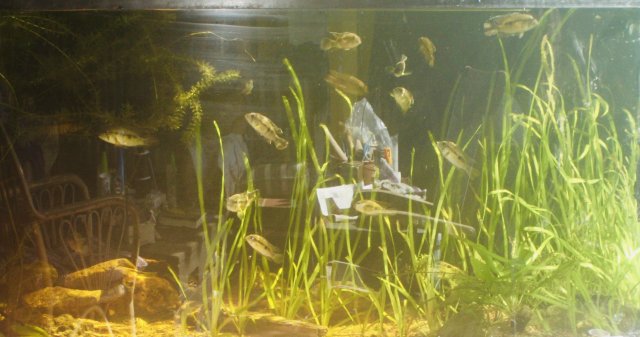Hello all,
I recorded a video going along my plantlife in my tank so you can see the range of different things happening on my plants. I'm very new to planted tanks, and have been doing my best to maintain the water parameters as of lately.
A list of my plants and fish stocking can be found in my signature, updated weekly.
I've been battling to get my cycle on. Ammonia is converted daily to nitrite, and when I do tests it normally is 0 or slightly above. Nitrates are always 20-80ppm or higher, and I've been doing 50 PWCs every other day sometimes daily to keep things moving. I have a total of 105 Watts between my two Fluval 3.0 lights. They're on around 7am and off around 9pm. I'm using Black Diamond Blasting Sand as substrate, and I've been adding prime with water changes.
Here is the video:
I recorded a video going along my plantlife in my tank so you can see the range of different things happening on my plants. I'm very new to planted tanks, and have been doing my best to maintain the water parameters as of lately.
A list of my plants and fish stocking can be found in my signature, updated weekly.
I've been battling to get my cycle on. Ammonia is converted daily to nitrite, and when I do tests it normally is 0 or slightly above. Nitrates are always 20-80ppm or higher, and I've been doing 50 PWCs every other day sometimes daily to keep things moving. I have a total of 105 Watts between my two Fluval 3.0 lights. They're on around 7am and off around 9pm. I'm using Black Diamond Blasting Sand as substrate, and I've been adding prime with water changes.
Here is the video:













